
Deutsch-Chinesische Enzyklopädie, 德汉百科
 *Politisches System der Vereinigten Staaten
*Politisches System der Vereinigten Staaten
 *American think tanks
*American think tanks
 *Politisches System der Vereinigten Staaten
*Politisches System der Vereinigten Staaten

 Finanz
Finanz
 *Vereinigte Staaten-Konjunkturdaten
*Vereinigte Staaten-Konjunkturdaten

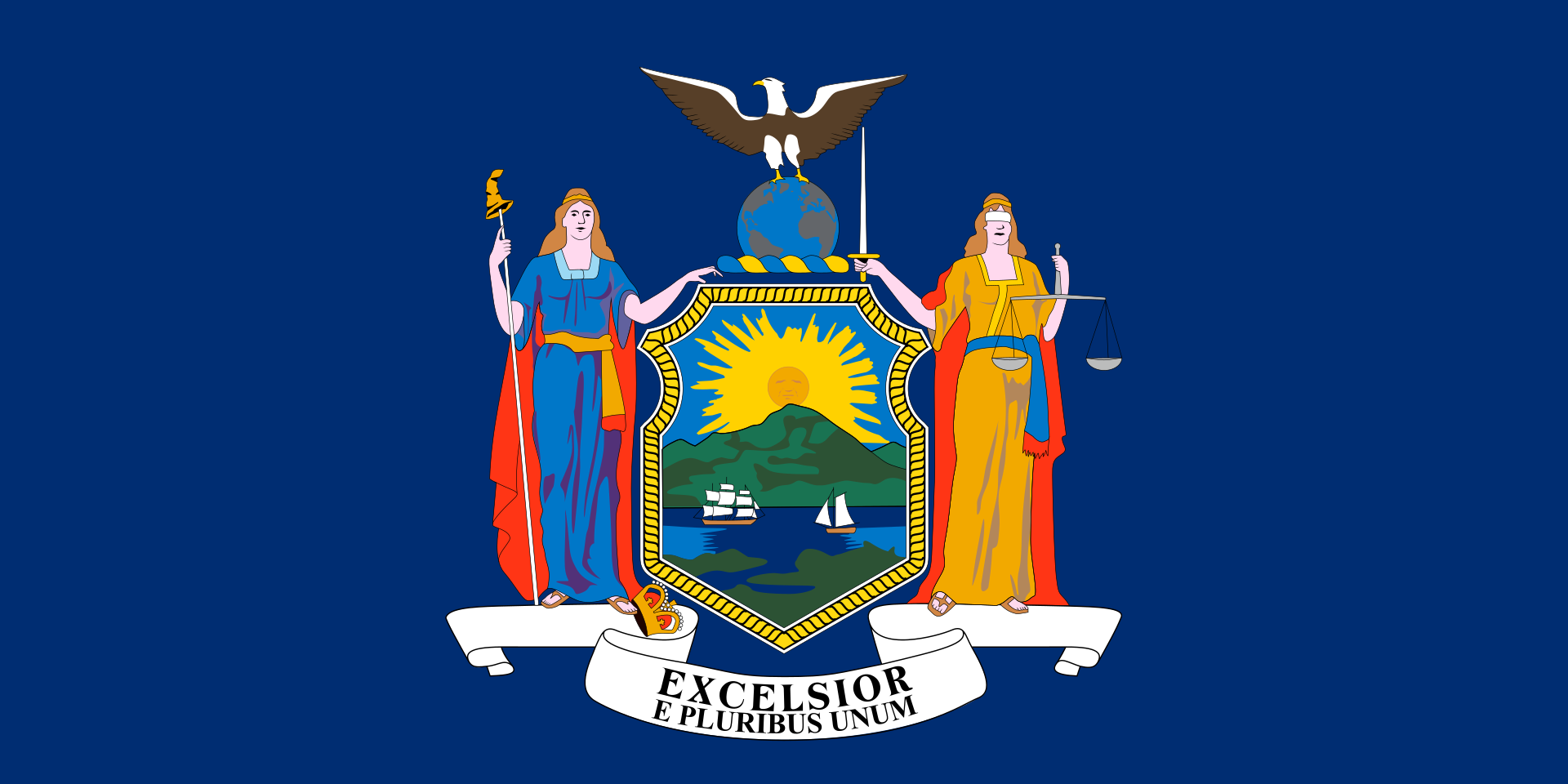 New York-NY
New York-NY

 Parteien und Regierung
Parteien und Regierung
 *Denkfabrik
*Denkfabrik
 Vereinigte Staaten
Vereinigte Staaten
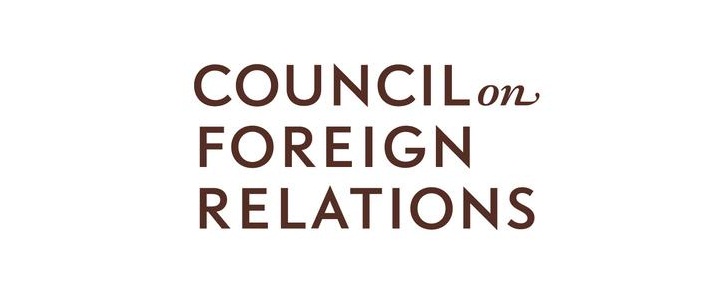

Presidential Candidates Debates (1960-2024)

 *Capitols in den Vereinigten Staaten
*Capitols in den Vereinigten Staaten
 *Politisches System der Vereinigten Staaten
*Politisches System der Vereinigten Staaten

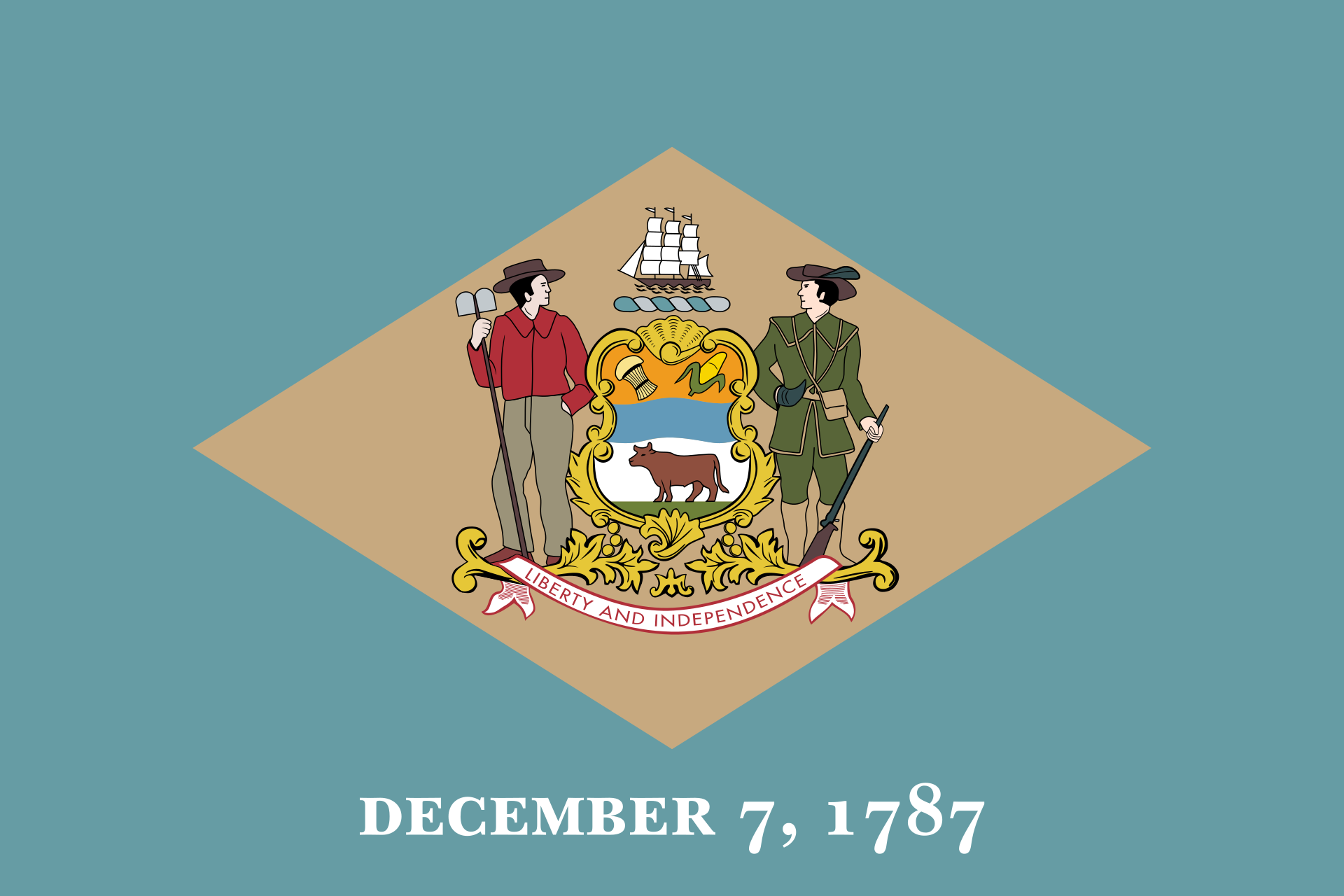 Delaware-DE
Delaware-DE
 Vereinigte Staaten
Vereinigte Staaten
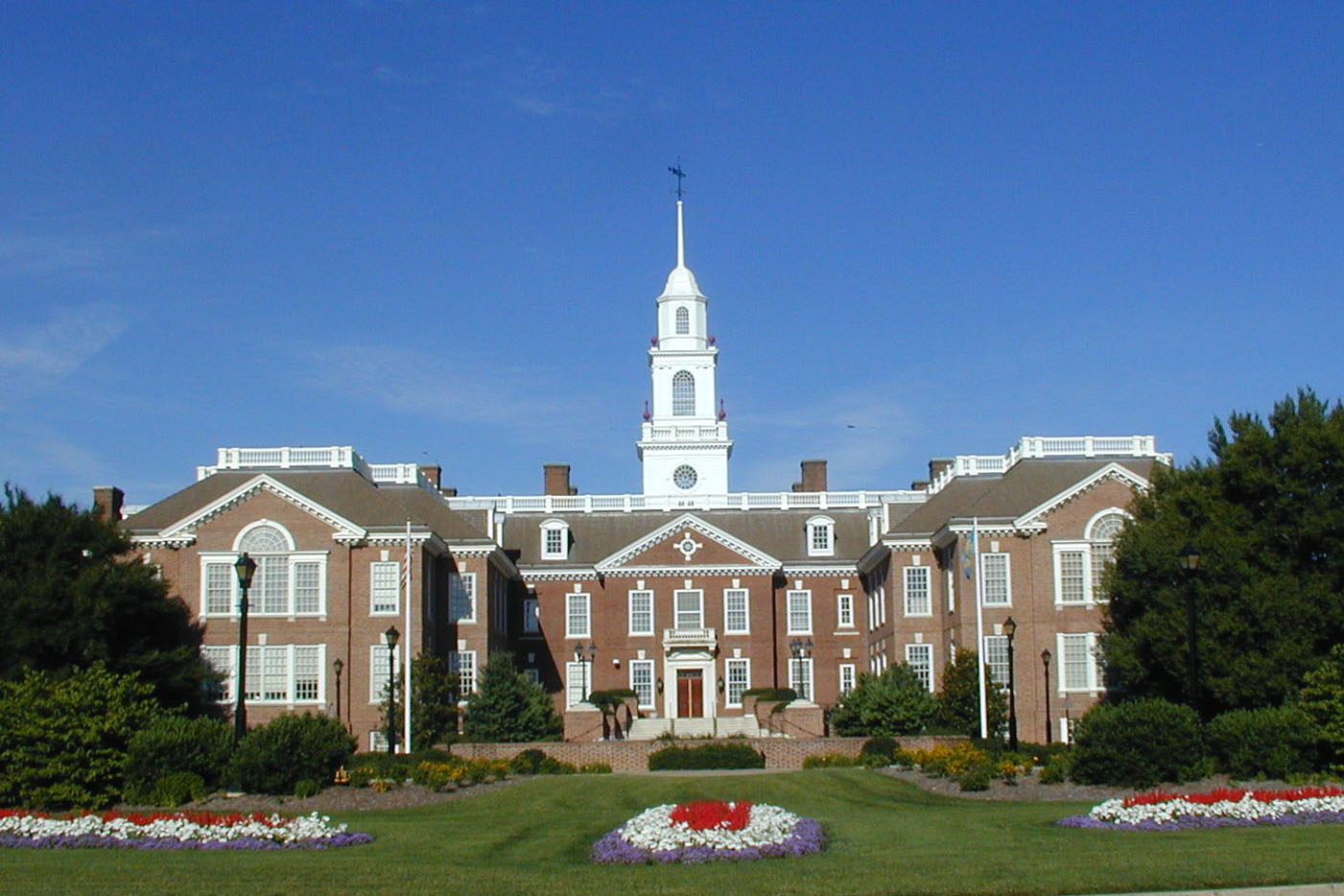
 *Demokratische Partei
*Demokratische Partei
 *Politisches System der Vereinigten Staaten
*Politisches System der Vereinigten Staaten
 *Präsidentschaftswahl in den Vereinigten Staaten
*Präsidentschaftswahl in den Vereinigten Staaten

 Parteien und Regierung
Parteien und Regierung
 *Politische Parteien mit mehr als hundertjähriger Geschichte
*Politische Parteien mit mehr als hundertjähriger Geschichte

民主党(英语:Democratic Party)是美国的主要政党,与共和党并列为美国两大主要政党。当前是美国最大在野党,并拥有美国国会众议院多数党地位,而该党的州长多在东海岸的新英格兰和西海岸主政。
1828年第七任美国总统安德鲁·杰克逊创建民主党,1848年成立民主党全国委员会,本杰明·富兰克林·哈利特为首任主席,但它的起源最早可以追溯至托马斯·杰斐逊于1792年创立的民主共和党[11]。
民主党在建立之初主要代表美国南部和西部农场主的利益。因此民主党在19世纪中期通过法案强制驱逐印第安人,发动美墨战争,获得大量土地以供农耕。在美国内战中则支持奴隶制以维护成型的农业体制。民主党长期支持奴隶制,获得南方各州的支持。20世纪初,民主党加入民粹主义的农本主义,支持维护白人的工人权利,创建了联邦储备系统,并通过了反垄断法,限制大企业的垄断。自从1930年代以来,富兰克林·德拉诺·罗斯福总统推行新政并称之为美国的自由主义,成为了之后民主党的主要政策走向。新政一直到1960年代的民权运动。1960年代的民权运动以及越战导致在民主党内部引发了对国外军事干预的立场及国内政策严重分歧,这种分歧导致之后民主党失去执政地位,但民主党维持对国会两院的控制权直至至1995年。而民主党的根基也逐渐从倾向白人、蓝领、工人阶级和农民利益,转变为以东西岸的都会居民、富裕阶层、女性和少数族裔为主。
Die Demokratische Partei (englisch Democratic Party, auch als Demokraten (Democrats) bezeichnet) ist neben der Republikanischen Partei eine der beiden großen Parteien in den USA. Ursprünglich eine Partei, die für Rassentrennung eintrat, gelten die Demokraten heute im Vergleich zu den Republikanern als liberaler, weniger konservativ und mehr am Progressivismus orientiert. Ihr inoffizielles Wappentier ist der Esel, obwohl er im Gegensatz zum Elefanten der Republikaner nie offiziell als solches angenommen wurde. Sein Ursprung geht, ebenso wie der Elefant der Republikaner, auf den Karikaturisten Thomas Nast zurück. Die ebenfalls inoffizielle Parteifarbe der Demokraten ist blau. In TV-Sendungen oder Medienberichten werden Senatoren und Parteimitglieder der Demokratischen Partei meistens mit einem „(D)“ hinter ihrem Namen dargestellt. Die Demokraten sind die älteste noch bestehende politische Partei der Welt.
Die Gründung der Partei geht auf Thomas Jefferson und das Jahr 1792 zurück. 1828 bauten Andrew Jackson und andere eine Massenpartei auf. Bis ins frühe 20. Jahrhundert galten die Demokraten als die konservativere der beiden großen Parteien. Das änderte sich ansatzweise während der Präsidentschaft Woodrow Wilsons (1913–1921), dann durch die Reformen des New Deal (1933–1938) und besonders nach dem Parteitag von 1948, als viele zumeist aus den Südstaaten stammende Vertreter einer Rassentrennung die Partei im Streit verließen. Die Demokraten wandten sich immer mehr liberalen und sozialliberalen Werten zu. Da die ursprünglich progressiven Republikaner spätestens seit 1964 ihrerseits nach rechts rückten, haben die beiden Parteien ihre Position im politischen Spektrum gewissermaßen getauscht.
Wie Parteien in den USA allgemein, sind die Demokraten wesentlich anders organisiert als europäische Parteien. So werden Bezirksvorstände, je nach Bundesstaat, zum Teil durch die allgemeine Wahlbevölkerung in Vorwahlen und nicht etwa durch Parteimitglieder allein gewählt. Wichtigstes Organ für die Gesamtpartei ist das Democratic National Committee (DNC, „Demokratisches Nationalkomitee“), das auch die Democratic National Convention (den vierjährlich zur Kür des jeweiligen Präsidentschaftskandidaten stattfindenden Parteitag) veranstaltet; derzeitiger Vorsitzender des DNC ist Tom Perez.
In sechs der letzten sieben Präsidentschaftswahlen gewannen die demokratischen Kandidaten die Mehrheit der abgegebenen Stimmen (Popular Vote); nur 2004 bildete eine Ausnahme. Mit Barack Obama stellte die Partei zuletzt von 2009 bis 2017 den 44. US-Präsidenten. Bei den Kongresswahlen im November 2010 verloren die Demokraten ihre Mehrheit im Repräsentantenhaus und konnten diese auch bei den Wahlen 2012, 2014 und 2016 nicht wiedererlangen. Auch im Senat verfügen sie seit Anfang 2015 nicht mehr über eine Mehrheit. In den Wahlen 2018 konnten sie dann allerdings wieder eine deutliche Mehrheit im Repräsentantenhaus erringen.
民主党(みんしゅとう、Democratic Party)は、アメリカ合衆国の政党。共和党と共に二大政党制を構成している。
一般的に保守の立場を取る共和党に対し、リベラルの立場を取る政党である。進歩同盟加盟。
21世紀においては、2011年以降で連邦議会下院の多数派の地位を失っていたが、2018年の中間選挙(共和党:ドナルド・トランプ大統領)において多数議席を回復した。また、直近では、2007年から2015年まで連邦議会上院において多数議席を占め、2009年から2017年まで大統領(バラク・オバマ政権)を擁した。
労働運動やマイノリティの集票力が大きく、外交面では、国際主義的で国際連合(UN)へのスタンスも好意的である。
内政面では、人工妊娠中絶完全自由化、死刑制度廃止、不法移民容認、労働組合重視、伝統的結婚制度維持反対(同性結婚賛成)同性愛容認、LGBTの権利擁護容認、宗教多様化容認などが特徴であり、リベラル思想の政党である。
The Democratic Party is one of the two major contemporary political parties in the United States, along with its main rival, the Republican Party. Tracing its heritage back to Thomas Jefferson and James Madison's Democratic-Republican Party, the modern-day Democratic Party was founded around 1828 by supporters of Andrew Jackson, making it the world's oldest active political party.[18]
In its early years, the Party supported limited government, state sovereignty and opposed banks and the abolition of slavery. Since Franklin D. Roosevelt and his New Deal coalition in the 1930s, the Democratic Party has promoted a social liberal platform.[3][19] Well into the 20th century, the party had conservative pro-business and Southern conservative-populist wings; following the New Deal, however, the conservative wing of the party largely withered outside the South. The New Deal Coalition of 1932–1964 attracted strong support from voters of recent European extraction—many of whom were Catholics based in the cities.[20][21][22] After the Civil Rights Act of 1964 and the Voting Rights Act of 1965, the core bases of the two parties shifted, with the Southern states becoming more reliably Republican in presidential politics and the Northeastern states becoming more reliably Democratic. The once-powerful labor union element became smaller and less supportive after the 1970s. White evangelicals and Southerners have become heavily Republican at the state and local levels since the 1990s. People living in urban areas, women, college graduates, sexual and gender minorities, millennials, and black, Latino, Jewish, and Asian Americans tend to support the Democratic Party.[23][24][25]
The Democratic Party's philosophy of modern liberalism advocates social and economic equality, along with the welfare state.[26] It seeks to provide government regulation in the economy.[27] Policies such as environmental protection, support for organized labor and labor unions, the introduction of social programs, affordable college tuition, universal health care, equal opportunity, and consumer protection form the core of the party's economic policy.[26][28] On social issues, it advocates campaign finance reform,[29] LGBT rights,[30] police and immigration reform,[31] stricter gun laws,[32] and the legalization of marijuana.[33]
There have been 15 Democrats who have served as president of the United States. The first was Andrew Jackson, who was the seventh president and served from 1829 to 1837. The most recent was Barack Obama, who was the 44th and held office from 2009 to 2017. As of 2019, the Democrats hold a majority in the House of Representatives, 15 state government trifectas (governorship and both legislative chambers),[34] the mayoralty of most major American cities,[35] and 19 total state legislatures. Four of the nine sitting justices of the Supreme Court were appointed by Democratic presidents.
Le Parti démocrate est un parti politique américain qui s'oppose, dans le contexte du système bipartite, au Parti républicain. Il est l'une des plus grandes organisations politiques mondiales avec plus de 44 millions d'adhérents en 2017.
Le Parti démocrate conçoit la société américaine comme une union des communautés de citoyens. Il veut assurer la protection égale de leurs droits particuliers, notamment pour les moins puissants. Il est donc traditionnellement la « grande tente » dans laquelle les minorités se retrouvent23, qu'elles soient ethniques (Afro-Américains depuis le New Deal, Hispaniques et Latino-Américains, Asio-Américains), religieuses (catholiques, musulmans et juifs) ou sociologiques (intellectuels, artistes). Son principal adversaire, le Parti républicain, est considéré a contrario comme un parti White Anglo-Saxon Protestant visant à imposer la force de l'Union par le respect des valeurs centrales qui permettent la réussite des meilleurs, proche des milieux d'affaires et financiers, soutenu par les professions libérales et les entrepreneurs.
Le Parti démocrate est issu de la scission du Parti républicain-démocrate fondé par Thomas Jefferson en 179224. Doyen des partis américains et mondiaux, il est à l'origine un parti anti-fédéraliste défendant la liberté des États face au pouvoir fédéral, et celle des propriétaires individuels face aux intérêts bancaires et industriels. À l'époque de la Guerre de Sécession, il défend également l'esclavage face au parti républicain de Lincoln, abolitionniste. Il évolue nationalement vers une vision moins conservatrice25 et moins méfiante du pouvoir fédéral dès les années 1890, et plus nettement dans les années 1930 avec le président Franklin Delano Roosevelt, en valorisant le rôle de l'État dans la protection des minorités. Dans les années 1960 et 1970, il s'inscrit à gauche sous l'impulsion des sénateurs Hubert Humphrey, George McGovern ou Edward Moore Kennedy, puis se place vers le centre sous les mandats de Jimmy Carter et Bill Clinton avant de se réorienter à gauche sous la présidence de Barack Obama avec l'influence de Bernie Sanders, Elizabeth Warren, Jesse Jackson, Keith Ellison et Nancy Pelosi.
À l'échelle internationale, le Parti démocrate est, depuis 2013, membre de l'Alliance progressiste qui regroupe l'ensemble des partis politiques progressistes, sociaux-démocrates et socialistes proche de l'Internationale socialiste. Il est dirigé par le Comité national démocrate.
Il Partito Democratico (in inglese: Democratic Party) è un partito politico liberale statunitense, nonché uno dei due principali partiti del sistema politico statunitense insieme al Partito Repubblicano. Nel contesto politico statunitense odierno è considerato come il partito di centro-sinistra e della sinistra liberale (pur con le sue fazioni interne più conservatrici di centro e centro-destra e più socialdemocratiche di sinistra) in contrapposizione al Partito Repubblicano, che è invece diventato il partito della destra conservatrice, un'unione del liberalismo con il conservatorismo sociale e il tradizionalismo. Nel Congresso in carica il Partito Democratico detiene la maggioranza alla Camera dei rappresentanti (riconquistata nel 2018 dopo averla persa nel 2010), avendo perso il controllo del Senato nel 2014 e della presidenza nel 2016.
Fondato col nome moderno nel 1828 dai sostenitori di Andrew Jackson, il Partito Democratico è il più antico del mondo tra quelli attivi, originando dal Partito Democratico-Repubblicano fondato da Thomas Jefferson, James Madison e altri influenti anti-Federalisti nel 1792. Dopo la spaccatura dei Democratici-Repubblicani nel 1828 si è posizionato alla destra dei centristi Whig, partito predecessore del Partito Repubblicano di sinistra per quanto riguarda la questione della schiavitù che dominò quegli anni, soprattutto a partire dagli anni 1840 fino agli anni 1860, con i vari compromessi dei Whig che alla fine si sono rivelati inefficaci e che portarono alla fondazione del Partito Repubblicano nel 1854 da ex esponenti dei Whig e del Suolo Libero nonché militanti di preesistenti movimenti antischiavisti per opporre l'allora governo Democratico e contrastare la temuta espansione a ovest del sistema schiavistico degli Stati meridionali dominato dai Democratici.
L'elezione del Repubblicano Abraham Lincoln nel 1860 portò a una cruenta guerra civile tra i Democratici secessionisti schiavisti sudisti che formarono gli Stati Confederati d'America e i Repubblicani a favore dell'Unione. Ciò causò diversi dissidi interni al partito, con fazioni in favore dell'Unione e fazioni schiaviste intransigenti (già alle elezioni presidenziali del 1860 vinte da Lincoln i Democratici proposero due candidati, uno del nord e uno del sud). Il Democratico Andrew Johnson in favore dell'Unione fu scelto come vicepresidente da Lincoln per le elezioni presidenziali del 1864, con i due che si presentarono insieme come il Partito dell'Unione Nazionale così da favorire il consenso dei Democratici che non avrebbero votato per un duo Repubblicano mentre i Democratici presentarono l'intransigente generale filo-sudista George McClellan, uscendo sconfitti e poi perdendo definitivamente la guerra di secessione. Il Proclama di emancipazione abolì la schiavitù, ma Lincoln fu assassinato nel 1865 e Johnson prese il suo posto. Ciò causò fastidi ai Repubblicani, soprattutto alla fazione più liberale e radicale in fatto di diritti civili per gli ex schiavi afroamericani, arrivando alla fallita messa in stato di accusa del 1868 per un solo voto. Durante l'era della ricostruzione i Democratici cercarono di bloccare l'emancipazione civile e politica degli afroamericani, soprattutto nel Sud, riuscendoci nel 1877 come parte di un accordo bilaterale per eleggere il Repubblicano Rutherford B. Hayes alla carica di presidente a seguito delle controverse e dibattute elezioni presidenziali del 1876, con le truppe militari che non poterono più sostenere i governi statali Repubblicani nel Sud.
Nonostante la questione schiavista, il Partito Democratico proponeva certe politiche egalitarie, era a favore della democrazia e si proclamava partito della gente comune. Si spostò più a sinistra nelle questioni economiche dopo la vittoria dell'ala populista di William Jennings Bryan nel 1896 e con il New Deal («nuovo corso»), sebbene fino agli anni sessanta del Novecento molti Democratici conservatori e populisti degli Stati meridionali erano ancora favorevoli alla segregazione razziale. Di fatto il supporto dei sudisti che erano a favore di politiche economiche di sinistra fu importante nell'attuare la legislazione del New Deal di Franklin Delano Roosevelt. Pur favorendo le politiche sociali del Repubblicano Barry Goldwater, essi rigettarono le sue proposte economiche liberiste e di privatizzazione dello Stato sociale. La filosofia attivista a favore della classe lavoratrice di Roosevelt chiamata liberalismo (un'unione del liberalismo sociale e del progressismo) ha infatti rappresentato gran parte del programma del partito sin dal 1932. A partire dal 1948, con la desegregazione delle Forze armate statunitensi attuata dal presidente Harry Truman, i Democratici si sono spostati a sinistra anche sulle questione sociali. Dagli anni 1970 l'ambientalismo è diventato un importante corrente nel partito.
Sulle questioni di politica estera entrambi i partiti Democratici e Repubblicani hanno cambiato diverse volte le rispettive politiche. Inizialmente promotori del destino manifesto e dell'espansione a ovest, i Democratici sono diventati anti-imperialisti e isolazionisti sotto la presidenza di Grover Cleveland (liberista) e poi interventisti e internazionalisti a partire dalla presidenza di Thomas Woodrow Wilson (liberal-progressista). Durante la guerra fredda furono promotori dell'anticomunismo, ma avversari dell'ultraconservatore Repubblicano Joseph McCarthy. Molti attivisti Democratici si opposero alla guerra del Vietnam, alienati dal crescente militarismo e promotori della controcultura e della nuova sinistra. Da allora il partito è diventato più pragmatico e aperto al multilateralismo, sebbene la fazione neoconservatrice in politica estera mantenne la presidenza, approvando l'interventismo in Jugoslavia negli anni 1990 e quello in Medio Oriente negli anni 2010, ma rigettando la guerra in Iraq a inizi anni 2000. La fazione opposta in politica estera è rappresentata tra gli altri da Bernie Sanders, Tulsi Gabbard e per certi versi anche da Elizabeth Warren, oltre che dalla cosiddetta Squad.
La coalizione del New Deal di Roosevelt controllò spesso il governo nazionale fino al 1964 e il movimento per i diritti civili degli anni 1950 e 1960 lo confermò nel centro-sinistra mentre i Repubblicani si spostarono sempre più a destra, facendogli tuttavia perdere parte dei consensi negli Stati meridionali e perdendo le successive due elezioni presidenziali, anche se a livello locale e statale ciò non si realizzò almeno sino angli anni 1980 e 1990 in quanto i sudisti preferivano le politiche economiche Democratiche, ma ciò venne meno quando entrambi i partiti appoggiarono il neoliberismo. A partire dagli anni 1990 i Democratici hanno infatti approvato il programma di Bill Clinton della più centrista terza via, cui anche il presidente Barack Obama ha aderito come Nuovo Democratico, per provare a vincere le elezioni dopo dodici anni, cosa che ha avuto successo con Clinton (1993–2001) e Obama (2009–2017), ma che fallì con Al Gore (2000) e Hillary Clinton (2016).
El Partido Demócrata (en inglés: Democratic Party) es un partido político progresista, que junto con el Partido Republicano, es uno de los dos partidos más grandes de los Estados Unidos. Traza sus orígenes al Partido Demócrata-Republicano de Thomas Jefferson y James Madison. Fue fundado alrededor de 1828 por seguidores de Andrew Jackson, convirtiéndolo en el partido político activo más antiguo del mundo.11
La filosofía del partido fue en sus inicios, el conservadurismo, siendo el populismo su característica principal en las zonas rurales del sur de los Estados Unidos.12.13 Hasta bien entrado el siglo XX, el partido tenía alas conservadoras pro-negocios y alas sureñas conservador-populistas anti-negocios. Gracias al New Deal, sin embargo, el ala conservadora del partido se extinguió fuera del Sur. La Coalición New Deal de 1932 a 1964 atrajo fuerte apoyo de votantes con orígenes europeos recientes, muchos de los cuales eran católicos que habitaban grandes ciudades.141516 Después de la conmoción racial de la década de 1960, la mayor parte de los sureños blancos y católicos del norte mudaron sus ideologías al Partido Republicano. El otrora poderoso sindicato se volvió más pequeño y menos comprensivo después de los años setenta. Evangélicos caucásicos y sureños por igual, se volvieron arduos republicanos a nivel local y estatal desde los años noventa. La gente que habita áreas metropolitanas, mujeres, minorías sexuales, milenials, graduados universitarios y minorías raciales y étnicas1718 tienden a apoyar al Partido Demócrata mucho más de lo que apoyan al Partido Republicano rival.
La filosofía del Partido Demócrata del liberalismo moderno aboga por la igualdad social junto con el estado del bienestar.19 20
Políticas como la introducción de programas sociales, el apoyo a los sindicatos, matrícula universitaria asequible, atención médica universal, igualdad de oportunidades, protección del consumidor y del medio ambiente constituyen el núcleo de la política económica del partido.1921 En cuestiones sociales, el partido apoya los derechos reproductivos, los derechos LGBT, la reforma migratoria, la reforma de financiación de campañas, el control de armas y la legalización de la marihuana.
Quince demócratas han servido como presidente de los Estados Unidos. El primero fue el presidente Andrew Jackson, que fue el séptimo presidente y se desempeñó desde 1829 hasta 1837. El más reciente fue el presidente Barack Obama, quien fue el 44º presidente y ocupó el cargo desde 2009 hasta 2017. Después de las elecciones intermedias de 2018, los demócratas obtuvieron la mayoría en la Cámara de Representantes, "trifectas" (poder ejecutivo y ambas cámaras del poder legislativo) en 14 estados,22 y la alcaldía de numerosas grandes ciudades estadounidense.23 Veintitrés gobernadores estatales son demócratas, y el partido forma minoría en el Senado y en la mayoría de las legislaturas estatales (control total de 18/50, control dividido de los demás). En abril de 2019, cuatro de los nueve jueces de la Corte Suprema habían sido nombrados por presidentes demócratas.
Демократическая партия (англ. Democratic Party) — наряду с Республиканской, одна из двух крупнейших современных политических партий США. Является самой старой партией в США. Её неофициальный символ — ослик (символ упрямого преодоления препятствий и выносливости), неофициальный цвет — голубой.
Начиная с 1930-х годов партия занимает социально-либеральные и прогрессивные позиции,[2][3][4] объединяя в своих рядах прогрессистов, либералов и центристов.[5] В результате смещения Демократической партии в сторону либерализма и прогрессивизма, произошедшего в 1930-х—1960-х годах, изменилась и география поддержки демократов. Если во второй половине XIX — первой половине XX века партия наибольшим влиянием пользовалась на юго-востоке США, в настоящее время она наиболее сильна на северо-востоке (Средне-Атлантические штаты и Новая Англия), в районе Великих озёр и на Тихоокеанском побережье (включая Гавайи), а также в крупных городах независимо от региона.
44-й Президент США Барак Обама являлся пятнадцатым демократом, занимавшим эту должность. По итогам выборов 2016 года Демократическая партия уступила республиканцам как по количеству мест в сенате и Палате представителей, так и по количеству губернаторов штатов и контролируемых законодательным собраниям штатов.

 *Politisches System der Vereinigten Staaten
*Politisches System der Vereinigten Staaten
 *United States Air Force
*United States Air Force
 United States Army
United States Army
 United States Coast Guard
United States Coast Guard
 United States Marine Corps
United States Marine Corps
 United States Navy
United States Navy
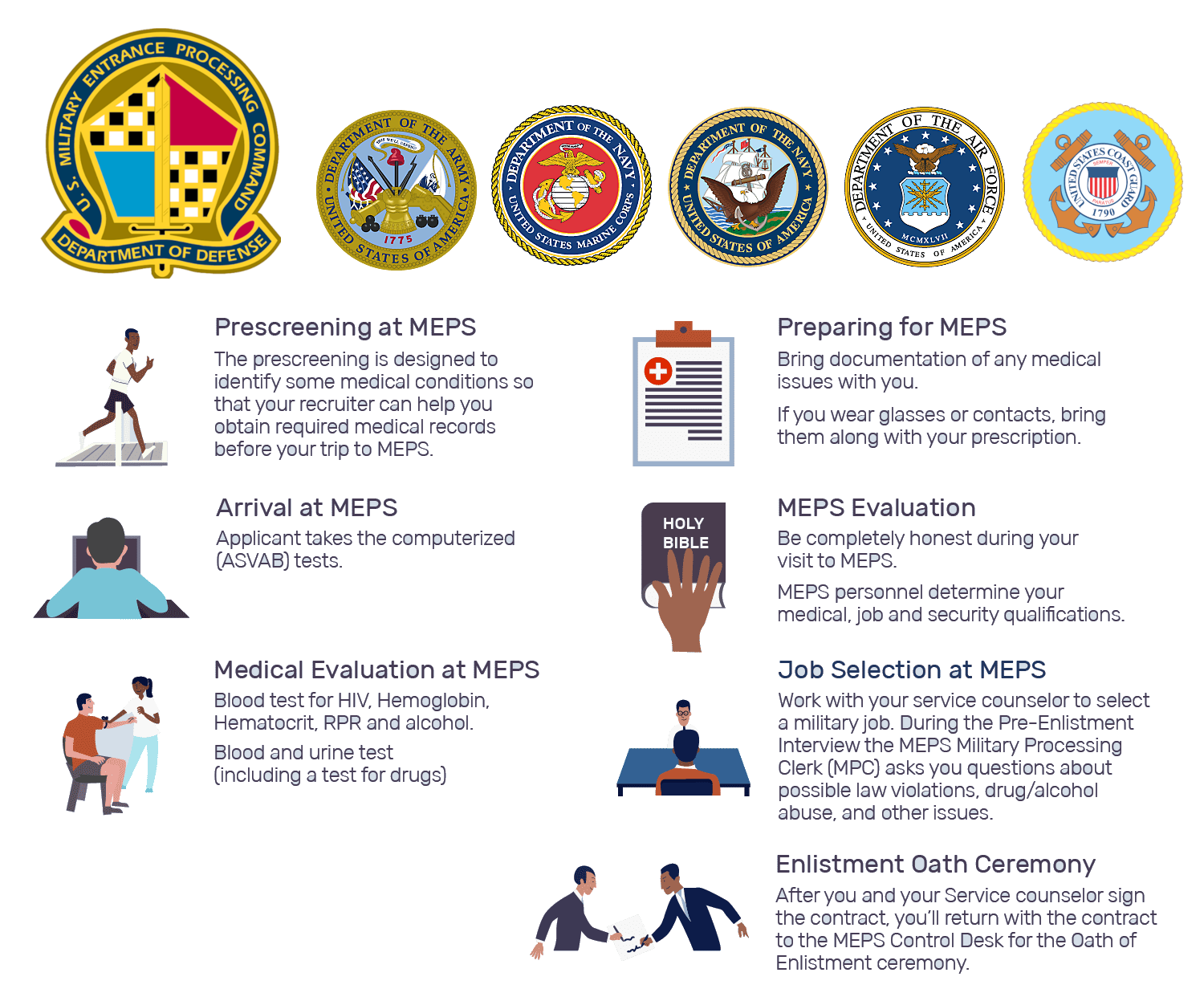

 *Politisches System der Vereinigten Staaten
*Politisches System der Vereinigten Staaten

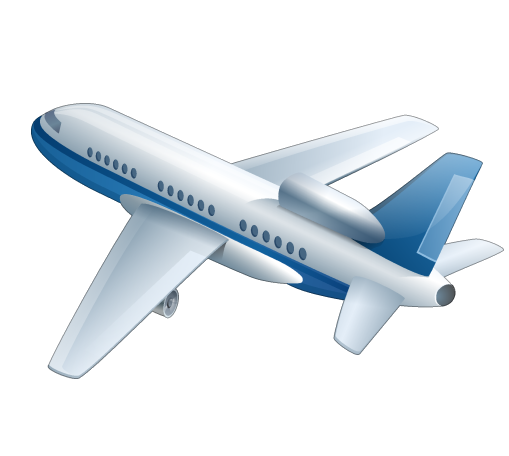
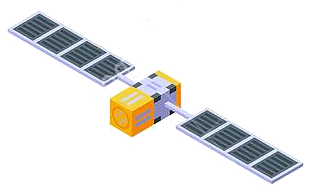
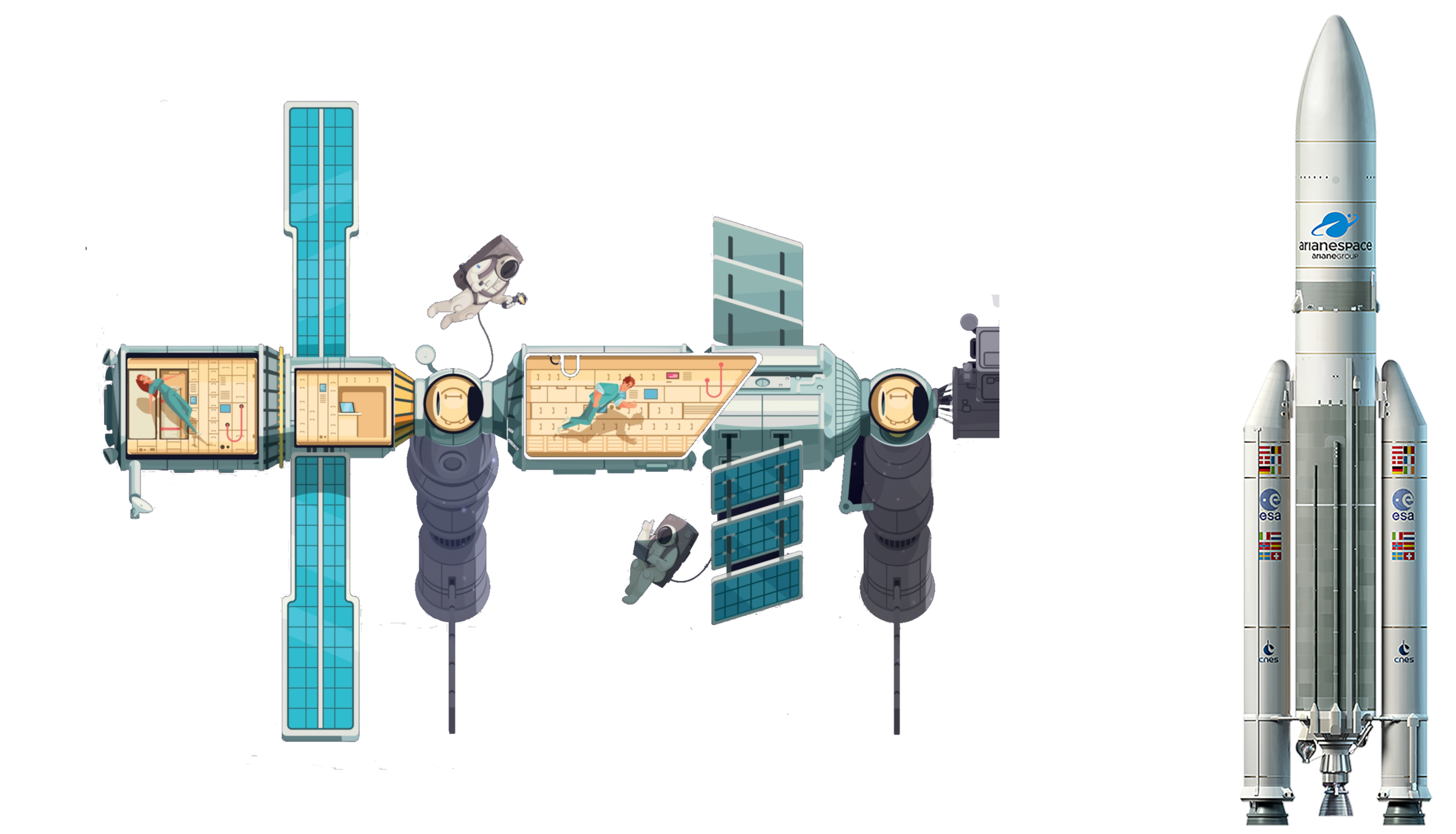 Luft- und Raumfahrt
Luft- und Raumfahrt
 ***Airworthiness Certification
***Airworthiness Certification



 Luft- und Raumfahrt
Luft- und Raumfahrt
 ***Internationale Organisationen
***Internationale Organisationen
 Vereinigte Staaten
Vereinigte Staaten

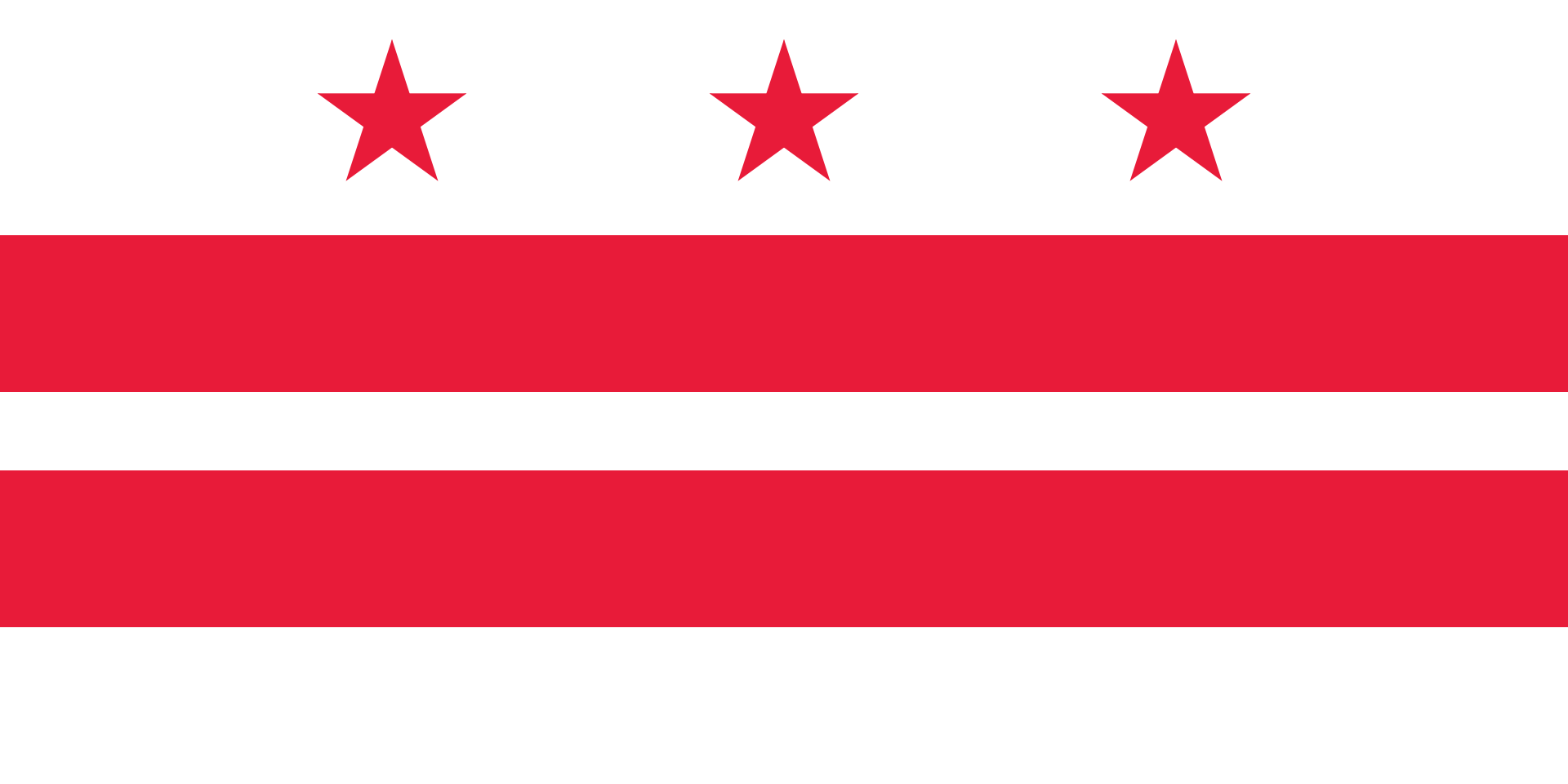 Washington, D.C.
Washington, D.C.


 *Politisches System der Vereinigten Staaten
*Politisches System der Vereinigten Staaten

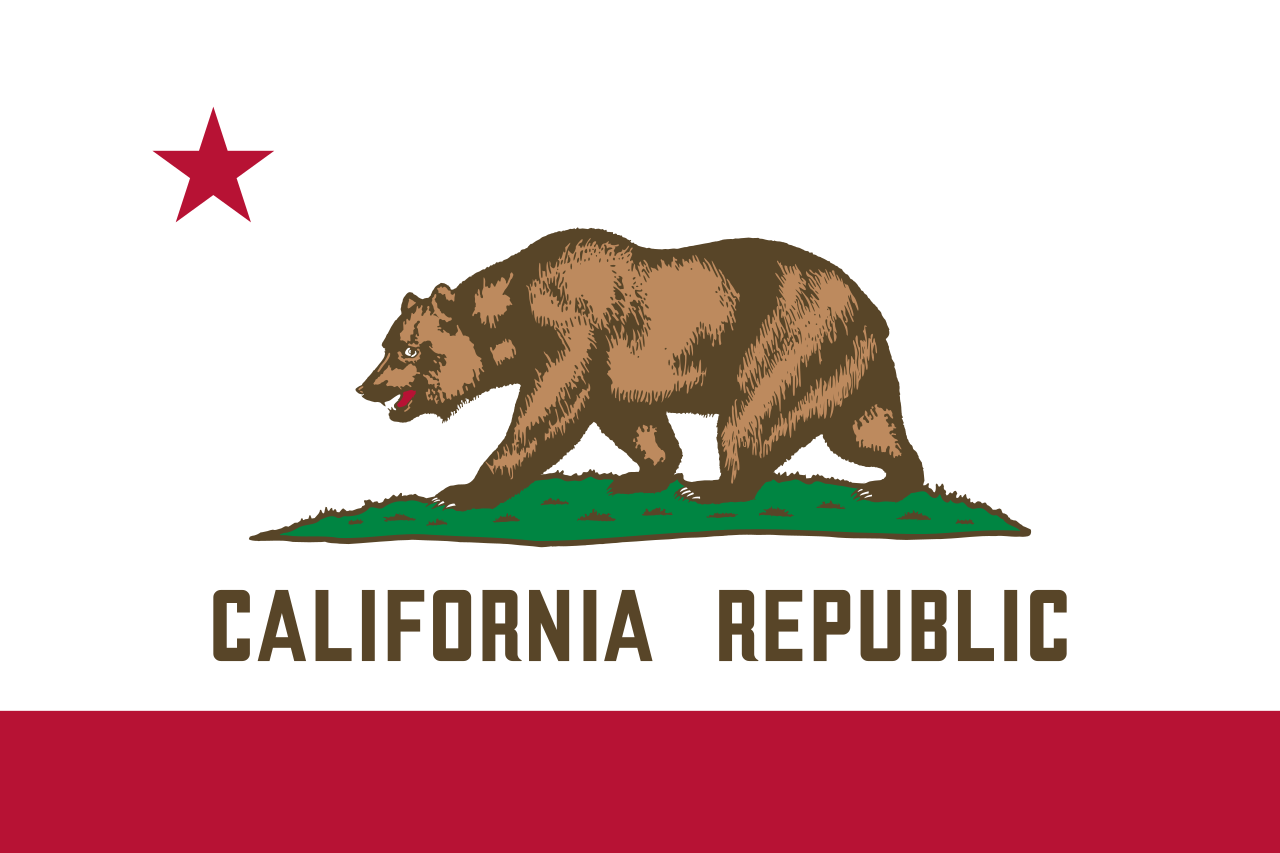 California-CA
California-CA
 Federal Reserve System,Fed
Federal Reserve System,Fed

 Finanz
Finanz
 *Vereinigte Staaten-Konjunkturdaten
*Vereinigte Staaten-Konjunkturdaten

 Finanz
Finanz
 Wirtschafts- und Politikforschung
Wirtschafts- und Politikforschung

 Finanz
Finanz
 *Brasilien-Konjunkturdaten
*Brasilien-Konjunkturdaten

 Finanz
Finanz
 *China-Konjunkturdaten
*China-Konjunkturdaten

 Finanz
Finanz
 *Deutschland-Konjunkturdaten
*Deutschland-Konjunkturdaten

 Finanz
Finanz
 *Europäische Union-Konjunkturdaten
*Europäische Union-Konjunkturdaten

 Finanz
Finanz
 *Frankreich-Konjunkturdaten
*Frankreich-Konjunkturdaten

 Finanz
Finanz
 *Indien-Konjunkturdaten
*Indien-Konjunkturdaten

 Finanz
Finanz
 *Indonesien-Konjunkturdaten
*Indonesien-Konjunkturdaten

 Finanz
Finanz
 *Italien-Konjunkturdaten
*Italien-Konjunkturdaten

 Finanz
Finanz
 *Japan-Konjunkturdaten
*Japan-Konjunkturdaten

 Finanz
Finanz
 *Kanada-Konjunkturdaten
*Kanada-Konjunkturdaten

 Finanz
Finanz
 *Russland-Konjunkturdaten
*Russland-Konjunkturdaten

 Finanz
Finanz
 *Vereinigte Staaten-Konjunkturdaten
*Vereinigte Staaten-Konjunkturdaten

 Finanz
Finanz
 *Vereinigtes Königreich-Konjunkturdaten
*Vereinigtes Königreich-Konjunkturdaten

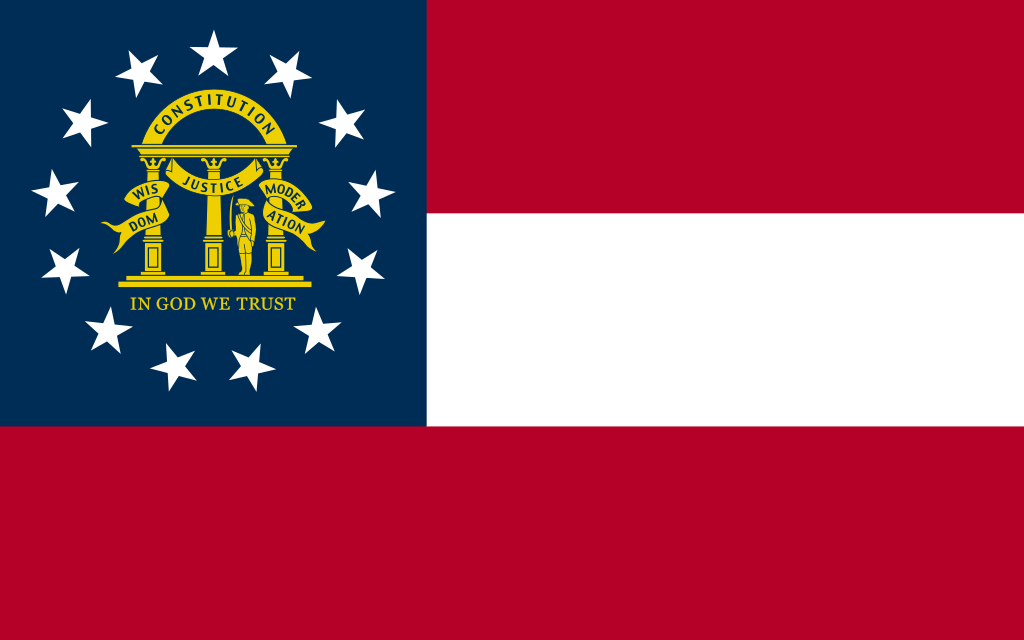 Georgia-GA
Georgia-GA

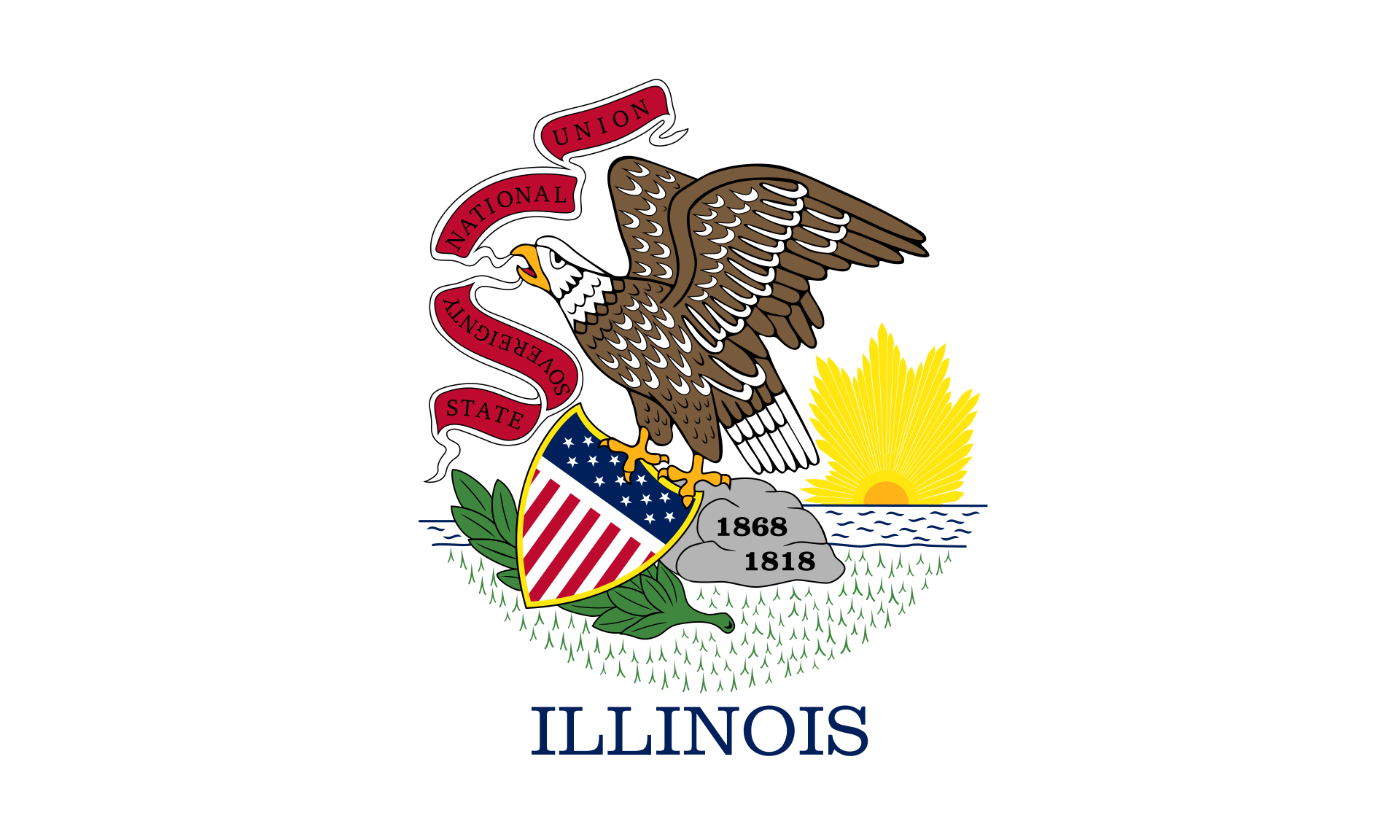 Illinois-IL
Illinois-IL

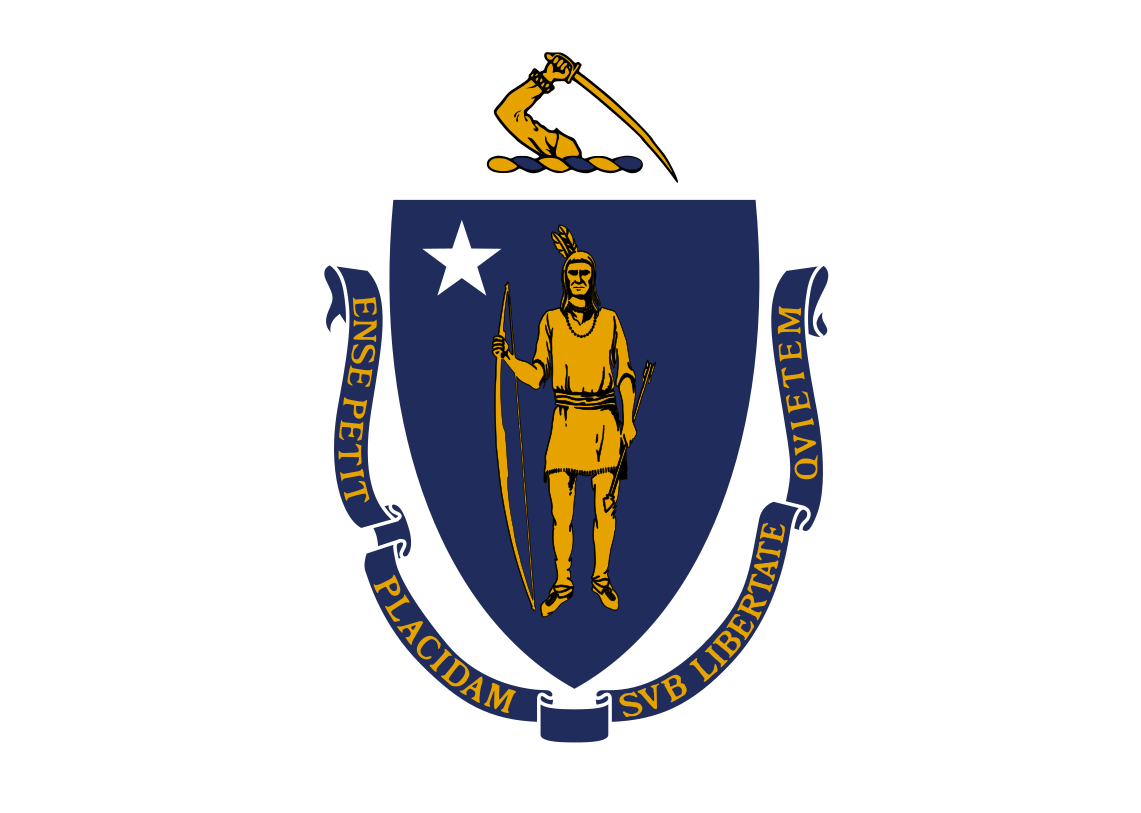 Massachusetts-MA
Massachusetts-MA

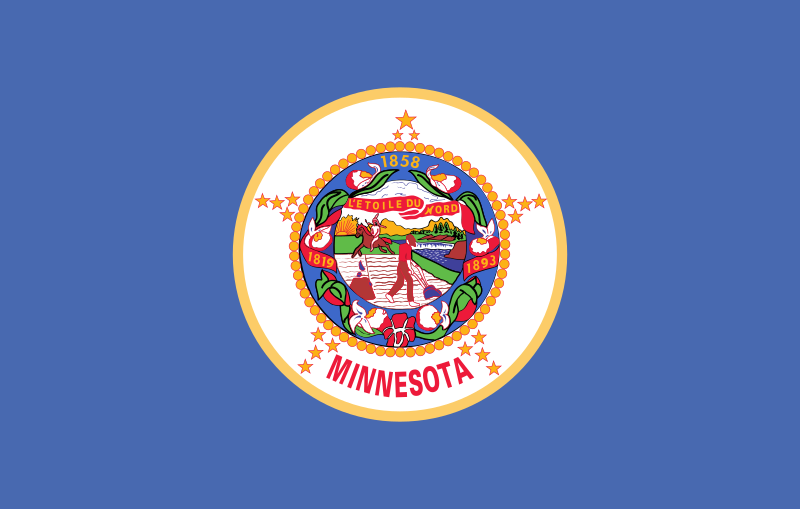 Minnesota-MN
Minnesota-MN

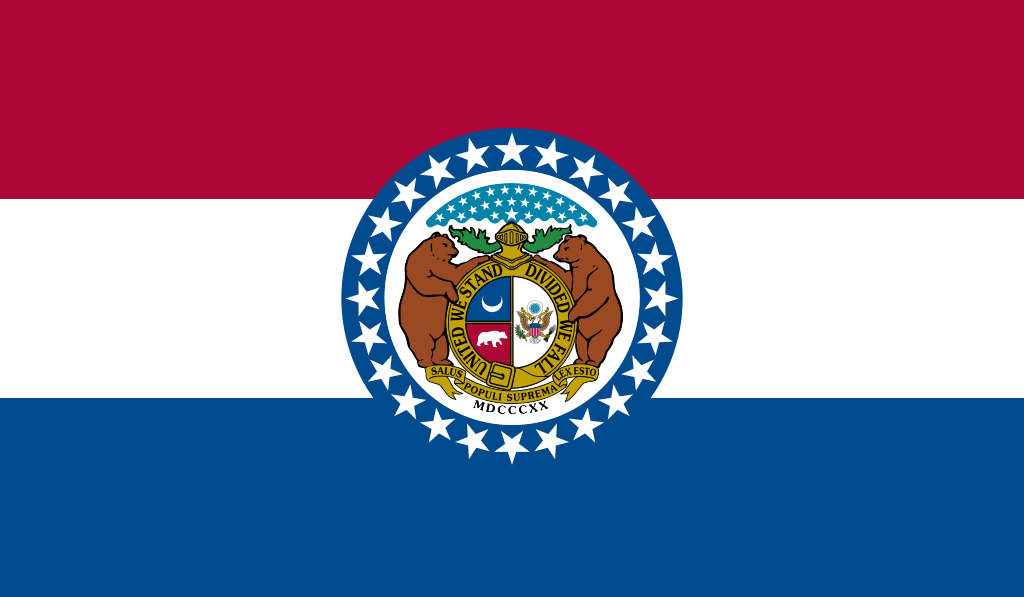 Missouri-MO
Missouri-MO

 New York-NY
New York-NY

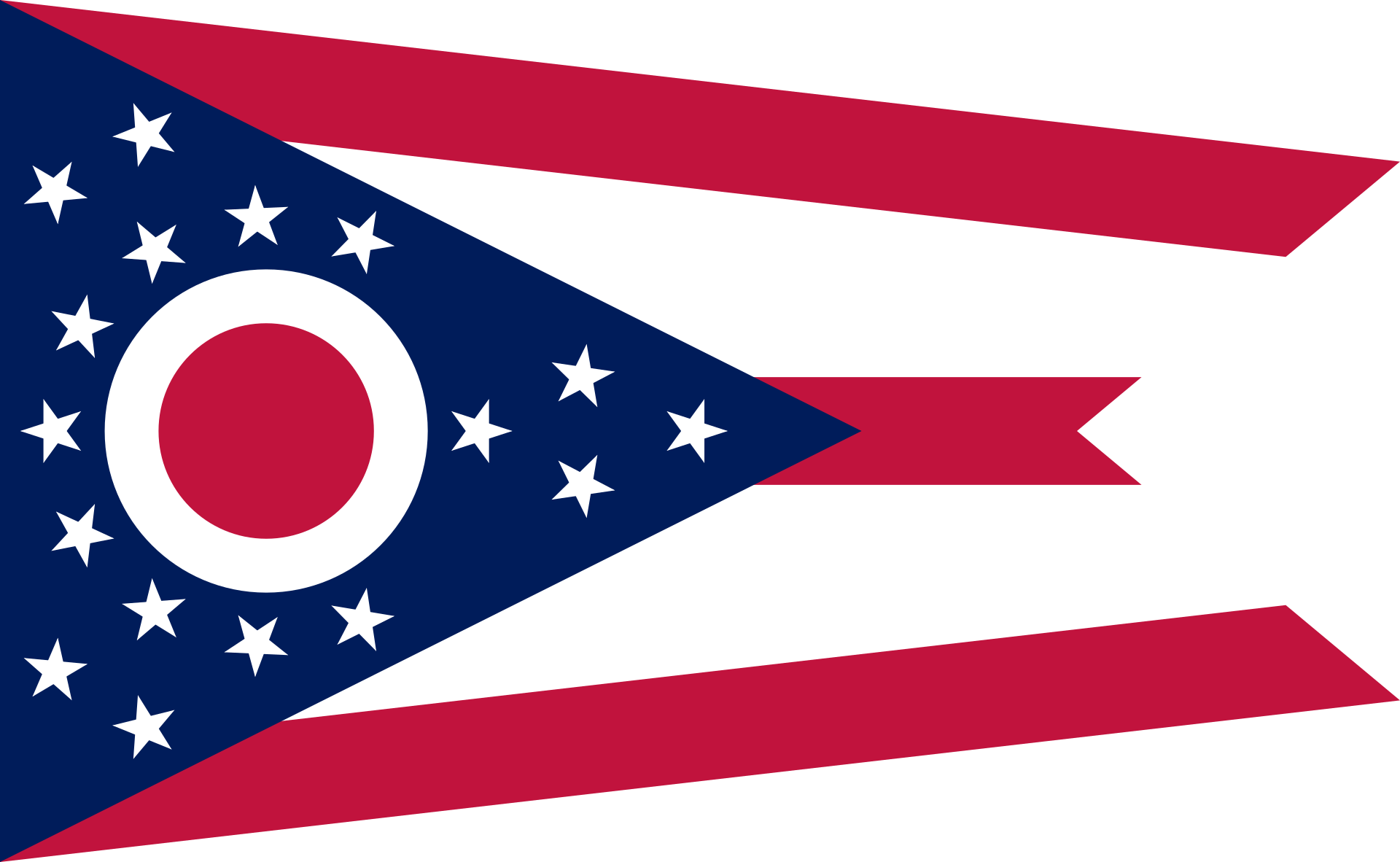 Ohio-OH
Ohio-OH

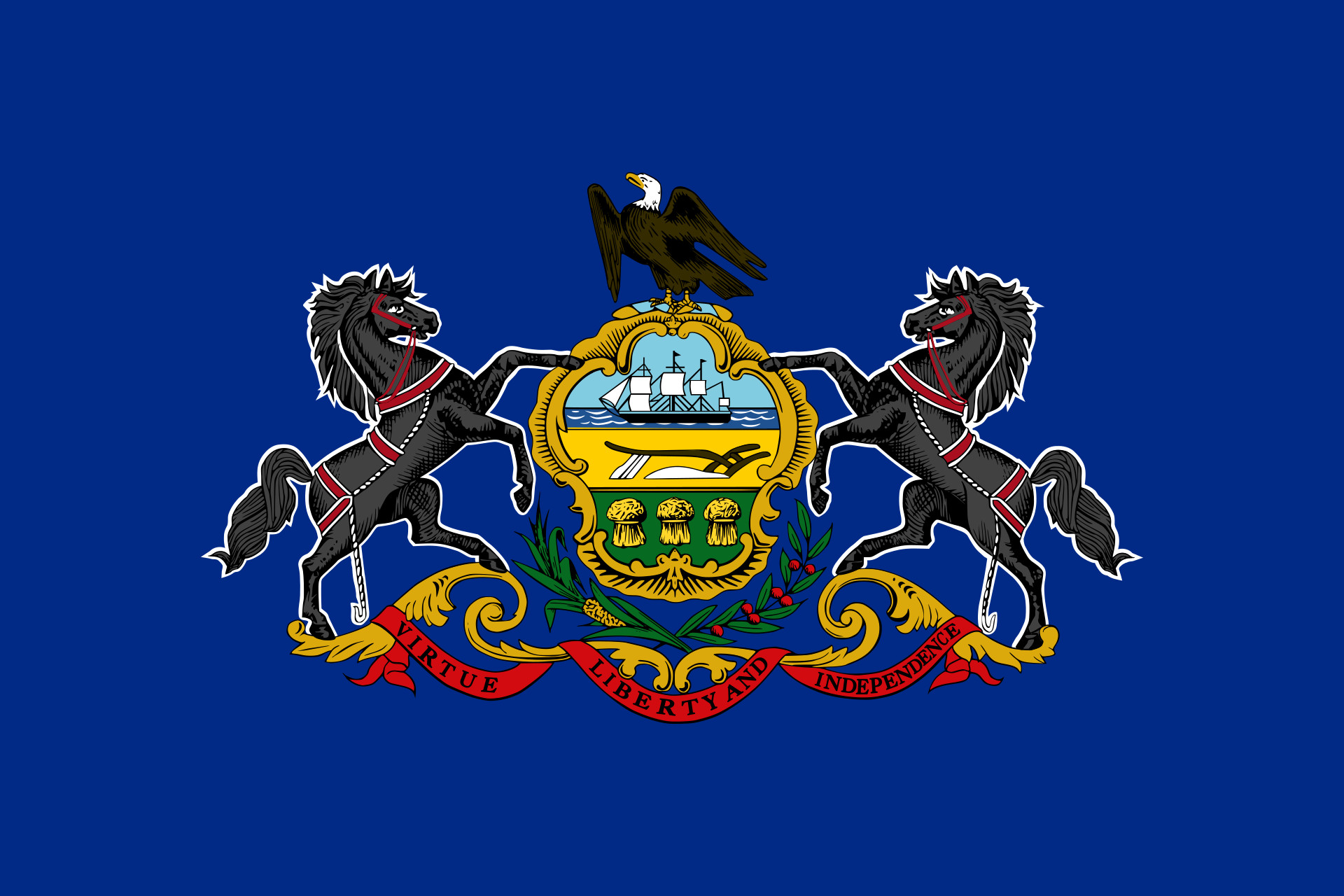 Pennsylvania-PA
Pennsylvania-PA

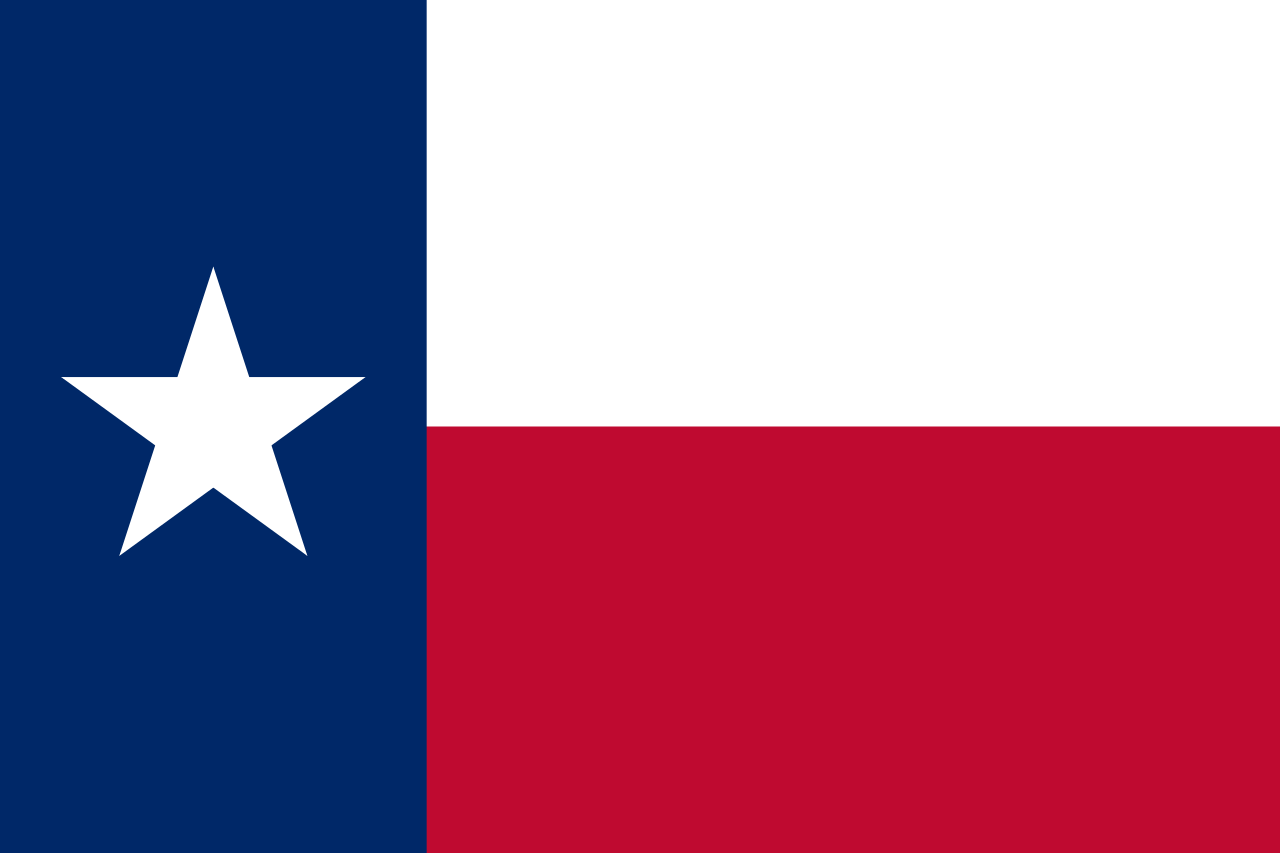 Texas-TX
Texas-TX

 Unternehmen
Unternehmen
 Vereinigte Staaten
Vereinigte Staaten

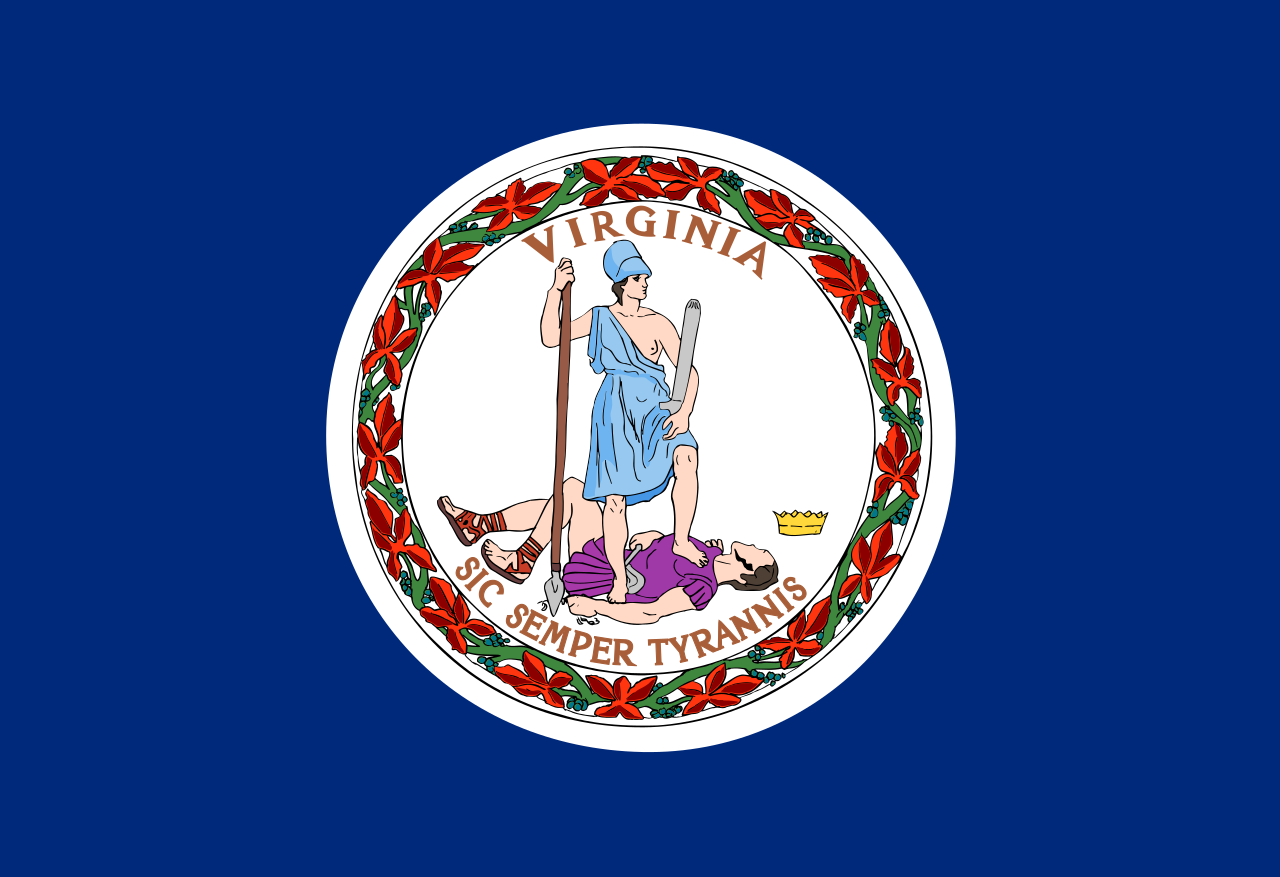 Virginia-VA
Virginia-VA

 Washington, D.C.
Washington, D.C.

 Wirtschaft und Handel
Wirtschaft und Handel
 Wirtschafts- und Politikforschung
Wirtschafts- und Politikforschung
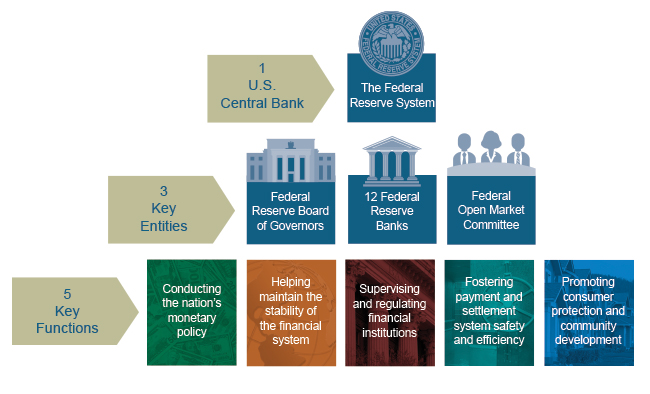

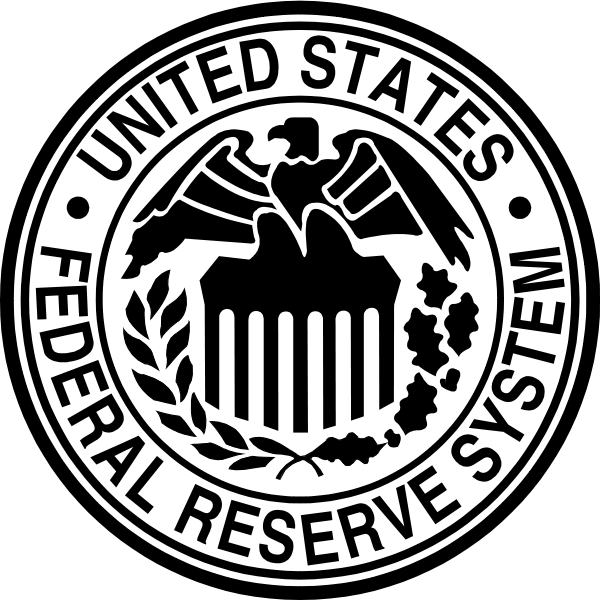
联邦储备系统(英语:Federal Reserve System(Fed),简称美联储)是美国的中央银行体系,依据美国国会通过的1913年《联邦储备法案》而创设,以避免再度发生类似1907年的银行危机。整个系统包括联邦储备委员会、联邦公开市场委员会、联邦储备银行、三千家会员银行、及3个咨询委员会(Advisory Councils)。
Das Federal Reserve System [ˈfɛdə˞əl rɪˈzɜ˞ːv ˈsɪstəm], oft auch Federal Reserve oder einfach die Fed (als US-Notenbank), ist das Zentralbank-System der Vereinigten Staaten. Es besteht aus dem Board of Governors, zwölf regionalen Federal Reserve Banken, dem Federal Open Market Committee (FOMC), einer Vielzahl von Mitgliedsbanken (Mitgliedspflicht ab einer bestimmten Größe) und anderen Institutionen.
Die Fed berichtet regelmäßig an den Kongress der Vereinigten Staaten über ihre Aktivitäten und ihre Pläne zur Geldpolitik. Das Tagesgeschäft und die operativen Entscheidungen der Fed werden von ihr frei und eigenständig entschieden. Der Kongress hat allerdings die Befugnis, die Gesetze betreffend die Geschäftstätigkeit der Fed zu ändern.[1]
連邦準備制度(れんぽうじゅんびせいど、英語: Federal Reserve System, FRS)は、アメリカ合衆国の中央銀行制度である。ワシントンD.C.にある連邦準備制度理事会(Federal Reserve Board, FRB)が全国の主要都市に散在する連邦準備銀行(Federal Reserve Bank, FRB)を統括する。連邦準備制度理事会は連邦議会の下にある政府機関であるが、予算の割当や人事の干渉を受けない。各連邦準備銀行は株式を発行する法人(body corporate)である。
The Federal Reserve System (also known as the Federal Reserve or simply the Fed) is the central banking system of the United States of America. It was created on December 23, 1913, with the enactment of the Federal Reserve Act, after a series of financial panics (particularly the panic of 1907) led to the desire for central control of the monetary system in order to alleviate financial crises.[list 1] Over the years, events such as the Great Depression in the 1930s and the Great Recession during the 2000s have led to the expansion of the roles and responsibilities of the Federal Reserve System.[5][10][11]
The U.S. Congress established three key objectives for monetary policy in the Federal Reserve Act: maximizing employment, stabilizing prices, and moderating long-term interest rates.[12] The first two objectives are sometimes referred to as the Federal Reserve's dual mandate.[13] Its duties have expanded over the years, and currently also include supervising and regulating banks, maintaining the stability of the financial system, and providing financial services to depository institutions, the U.S. government, and foreign official institutions.[14] The Fed also conducts research into the economy and provides numerous publications, such as the Beige Book and the FRED database.
The Federal Reserve System is composed of several layers. It is governed by the presidentially appointed board of governors or Federal Reserve Board (FRB). Twelve regional Federal Reserve Banks, located in cities throughout the nation, regulate and oversee privately owned commercial banks.[15][16][17] Nationally chartered commercial banks are required to hold stock in, and can elect some of the board members of, the Federal Reserve Bank of their region. The Federal Open Market Committee (FOMC) sets monetary policy. It consists of all seven members of the board of governors and the twelve regional Federal Reserve Bank presidents, though only five bank presidents vote at a time (the president of the New York Fed and four others who rotate through one-year voting terms). There are also various advisory councils. Thus, the Federal Reserve System has both public and private components.[list 2] It has a structure unique among central banks, and is also unusual in that the United States Department of the Treasury, an entity outside of the central bank, prints the currency used.[22]
The federal government sets the salaries of the board's seven governors, and it receives all the system's annual profits, after a statutory dividend of 6% on member banks' capital investment is paid, and an account surplus is maintained. In 2015, the Federal Reserve earned a net income of $100.2 billion and transferred $97.7 billion to the U.S. Treasury.[23] Although an instrument of the US Government, the Federal Reserve System considers itself "an independent central bank because its monetary policy decisions do not have to be approved by the President or anyone else in the executive or legislative branches of government, it does not receive funding appropriated by Congress, and the terms of the members of the board of governors span multiple presidential and congressional terms."[24]
La Réserve fédérale (officiellement Federal Reserve System, souvent raccourci en Federal Reserve ou Fed) est la banque centrale des États-Unis. Elle est créée en décembre 1913, durant les fêtes, par le Federal Reserve Act dit aussi Owen-Glass Act, à la suite de plusieurs crises bancaires, dont la panique bancaire américaine de 1907. Son rôle évolue depuis et elle renforce son indépendance lors de l'instabilité monétaire des années 1975 et 1985.
Le Congrès des États-Unis définit trois objectifs de politique monétaire dans le Federal Reserve Act : plein emploi, stabilité des prix, et taux d'intérêt à long terme modérés1. Les deux premiers sont souvent appelés le « double objectif » ou « double mandat » de la Fed2. Outre la politique monétaire, la Fed est maintenant chargée de superviser et réguler le système bancaire, de maintenir la stabilité du système financier, et d'offrir des prestations financières aux organismes de dépôt, au gouvernement fédéral, et aux institutions financières étrangères3. Elle étudie de surcroît l'économie américaine, et publie de nombreux rapports, tels que le livre beige, un résumé des conditions économiques dans chaque région.
La Réserve fédérale se compose d'un conseil des gouverneurs (dont Jerome Powell est le président depuis 2018), du Federal Open Market Committee (FOMC), de douze banques régionales (Federal Reserve Banks), des banques membres, et de plusieurs conseils consultatifs4,5. Le FOMC est le comité responsable de la politique monétaire ; il se compose des sept membres du bureau des gouverneurs et des douze présidents des banques régionales (dont cinq seulement ont le droit de vote à un moment donné). La Réserve fédérale comporte ainsi des aspects publics et privés : cette structure est unique au monde pour une banque centrale, et correspond à une volonté de répondre à la fois à l'intérêt public et à ceux, privés, des banques membres. Une autre particularité du système monétaire américain est que ce n'est pas la banque centrale mais le département du Trésor qui crée la monnaie fiduciaire6.
La Fed est une banque centrale indépendante : ses décisions ne sont pas sujettes à l'autorisation du président des États-Unis ou d'une autre partie du gouvernement fédéral, elle ne reçoit pas de budget du Congrès, et les mandats des gouverneurs sont beaucoup plus longs que ceux des élus fédéraux. Le gouvernement peut cependant exercer un contrôle : l'autorité de la Fed est définie par le Congrès et celui-ci peut exercer son droit de surveillance (congressional oversight). Les membres du bureau des gouverneurs, y compris le président et le vice-président, sont nommés par le président des États-Unis et confirmés par le Sénat. Le gouvernement nomme également les hauts fonctionnaires de la banque et fixe leur salaire. Toutes les banques commerciales autorisées à exercer en dehors d'un seul État sont obligatoirement membres de la Réserve fédérale régionale où se trouve leur siège et détiennent des parts dans celle-ci, ce qui autorise ces banques à élire une partie des membres du bureau de chaque Réserve fédérale régionale. Le gouvernement fédéral reçoit tous les profits de la Fed, hormis un dividende de 6 % versé aux banques membres.
Il Federal Reserve System, conosciuto anche come Federal Reserve (it. Riserva federale) ed informalmente come la Fed, è la banca centrale degli Stati Uniti d'America.
El Sistema de la Reserva Federal (en inglés, Federal Reserve System, también conocido como Reserva Federal o informalmente Fed) es el banco central de los Estados Unidos.1 Es un consorcio publico-privado que controla la estructura organizativa en la cual participa una agencia gubernamental, conocida como Junta de Gobernadores, con sede en Washington D. C.2 Así, algunos consideran esto como el aspecto público del sistema, y los 12 Bancos de la Reserva de todo el país el aspecto privado.3 Está encargada de custodiar parte de las reservas de los "bancos miembros" estadounidenses: los federales, y los estatales asociados voluntariamente.4
La Junta de Gobernadores del Sistema de la Reserva Federal es una agencia gubernamental independiente, sin embargo está sujeta a la Ley de Libertad de Información (Freedom of Information Act). Como muchas de las agencias independientes, sus decisiones no tienen que ser aprobadas por el Presidente o por alguna persona del poder ejecutivo o legislativo: son decisiones de carácter unilateral. La Junta de Gobernadores no recibe dinero del Congreso, y su mandato tiene una duración que abarca varias legislaturas. Una vez que el presidente designa a un miembro de la junta, este actúa con "independencia", aunque puede ser destituido por el presidente según lo establecido en la sección 242, Título 12, del Código de Estados Unidos.5
El Sistema de la Reserva Federal fue creado el 23 de diciembre de 1913 por la Ley de la Reserva Federal (Federal Reserve Act). Todos los bancos nacionales tuvieron que unirse al sistema. Los billetes de la Reserva Federal (Federal Reserve Notes) fueron creados para tener una oferta monetaria "flexible".6
Федера́льная резе́рвная систе́ма (Federal Reserve System, ФРС, Федеральный резерв, FED) — специально созданное 23 декабря 1913 года независимое федеральное агентство для выполнения функций центрального банка и осуществления централизованного контроля над коммерческой банковской системой Соединённых Штатов Америки. В ФРС входят 12 федеральных резервных банков, расположенных в крупнейших городах, около трёх тысяч коммерческих так называемых банков-членов, назначаемый президентом Совет управляющих, Федеральный комитет по операциям на открытом рынке и консультационные советы. Основанием для создания является Закон о Федеральном резерве. В управлении ФРС определяющую роль играет государство, хотя форма собственности капитала является частной — акционерная с особым статусом акций.
С точки зрения управления, ФРС является независимым органом в правительстве США. Как национальный центральный банк, ФРС получает полномочия от Конгресса США. Независимость в работе обеспечивается тем, что принимаемые решения о кредитно-денежной политике не должны быть одобрены президентом США или кем-либо иным из исполнительной или законодательной ветвей власти. ФРС не получает финансирование от Конгресса. Срок полномочий членов Совета управляющих Федеральной резервной системы охватывает несколько сроков президентских полномочий и членов Конгресса. В то же время ФРС подконтрольна Конгрессу, который часто анализирует деятельность ФРС и может изменить обязанности ФРС законодательным образом[1].
С 2006 по 2014 год пост председателя совета управляющих ФРС занимал Бен Бернанке. В феврале 2014 года его сменила Джанет Йеллен, которая в течение двух лет работала его заместителем[2]. С 5 февраля 2018 года главой Федеральной резервной системы является Джером Пауэлл.
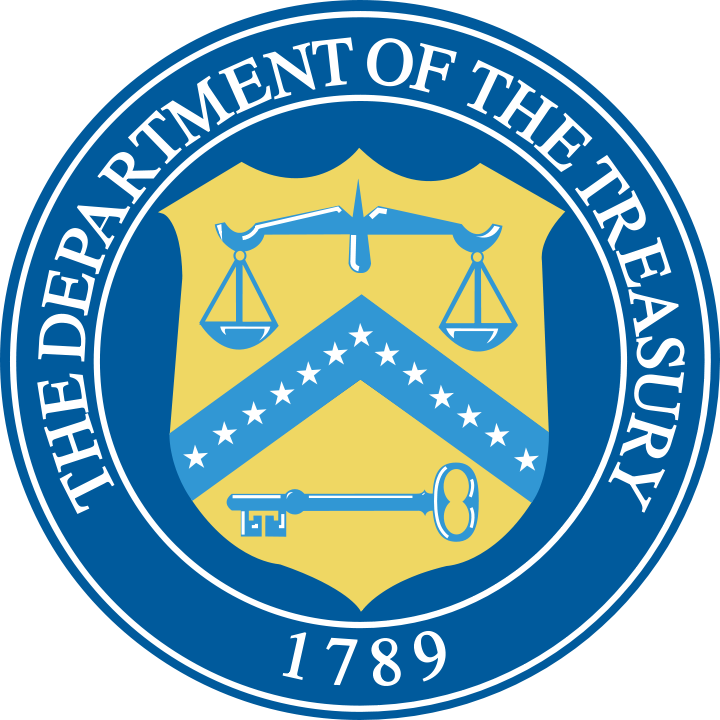



 Militär,Verteidigung und Ausrüstung
Militär,Verteidigung und Ausrüstung
 Architektur
Architektur